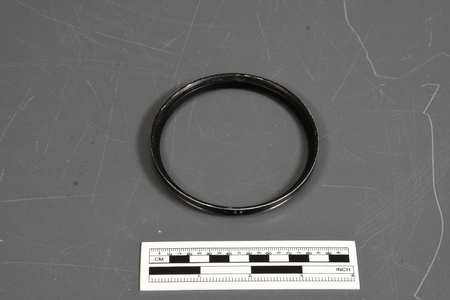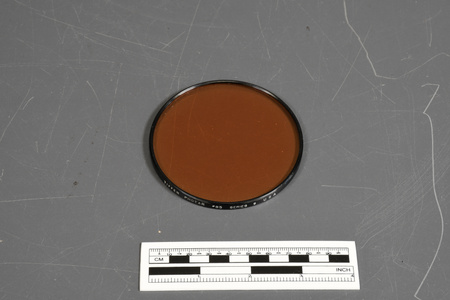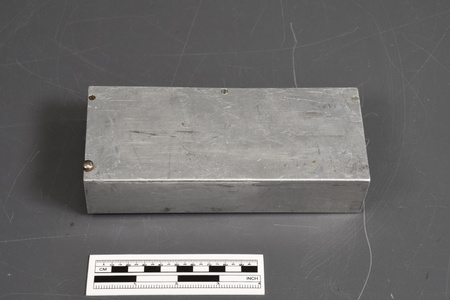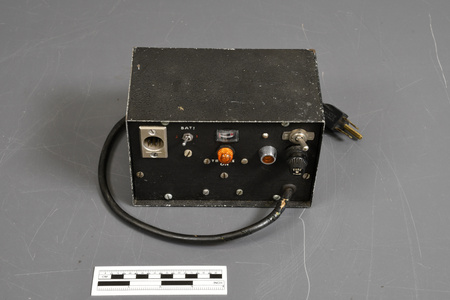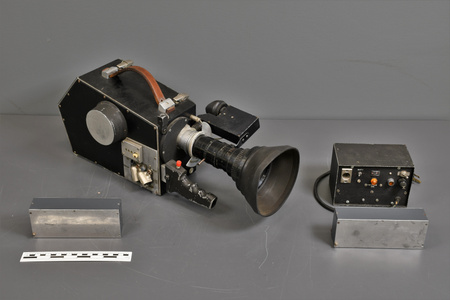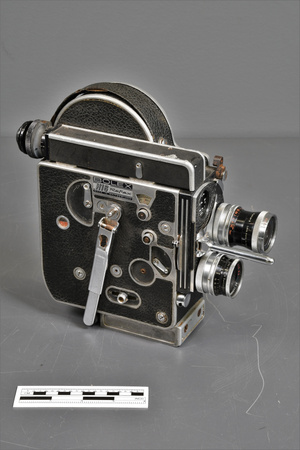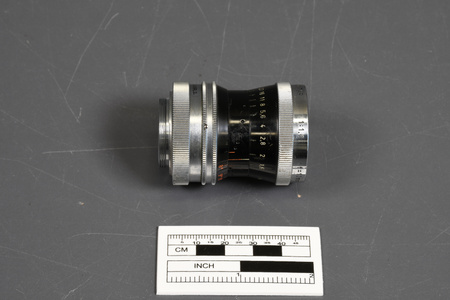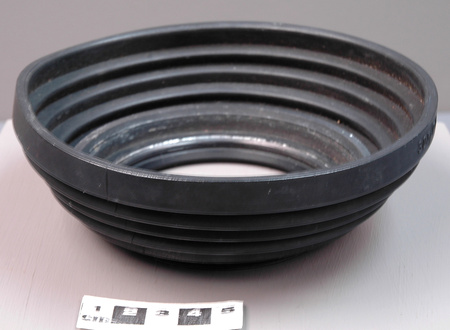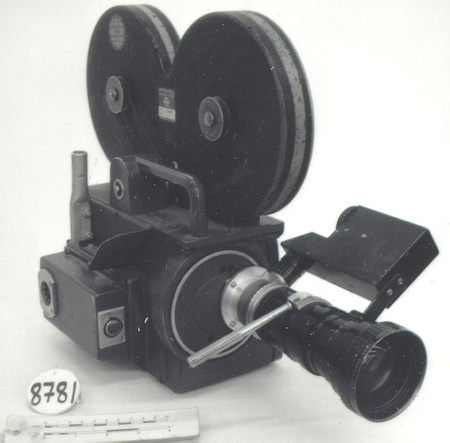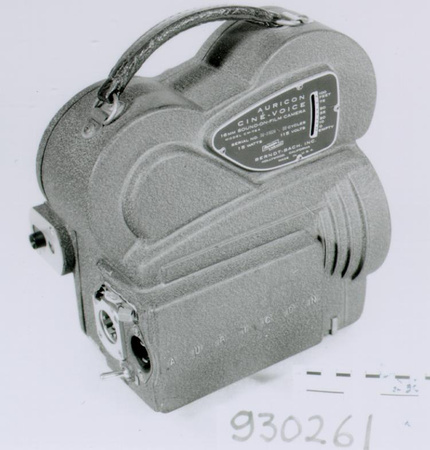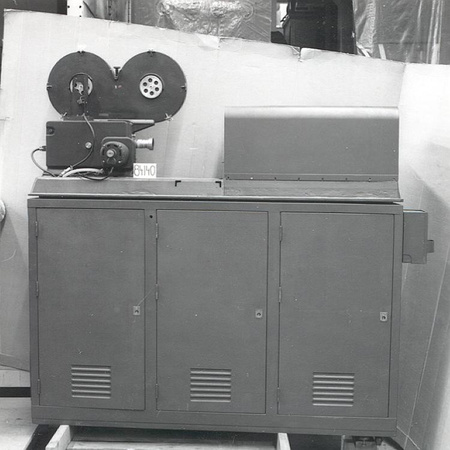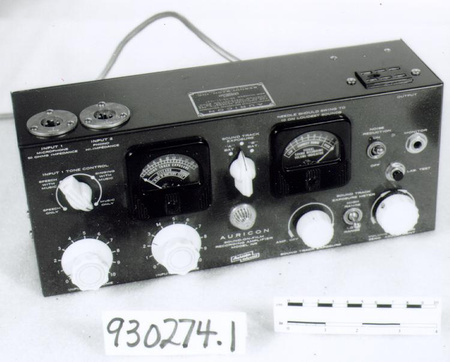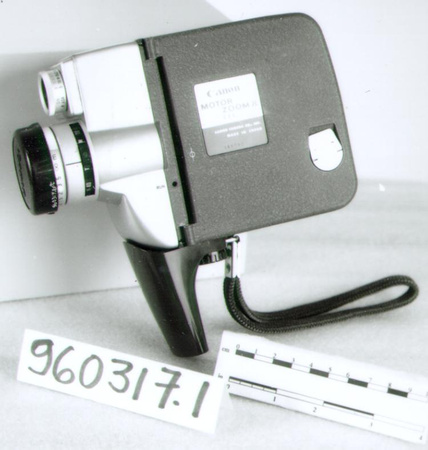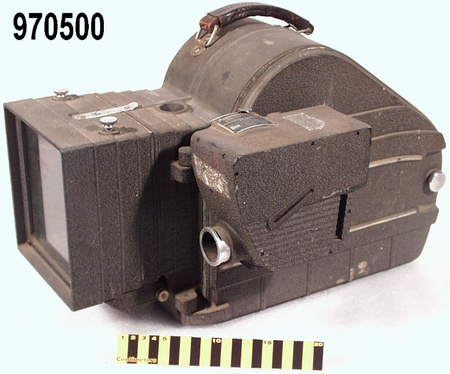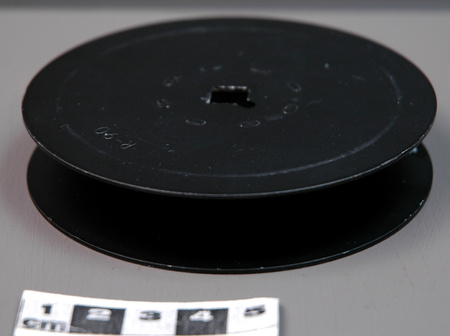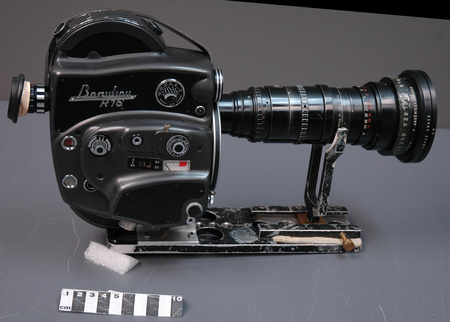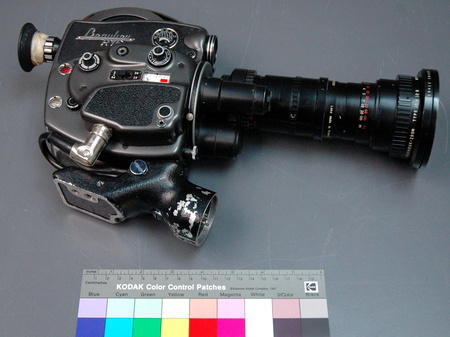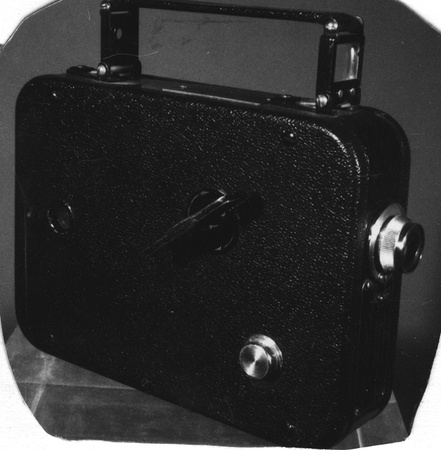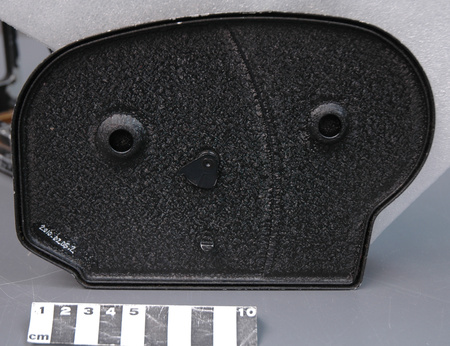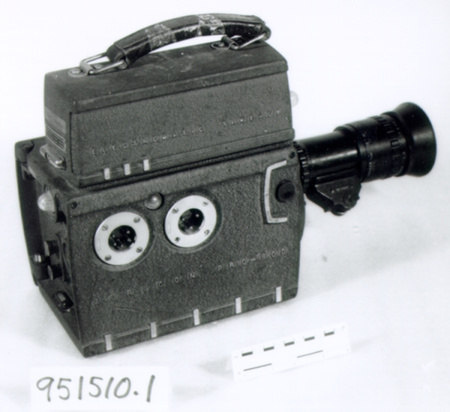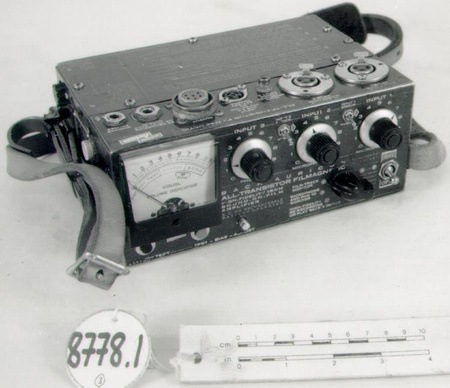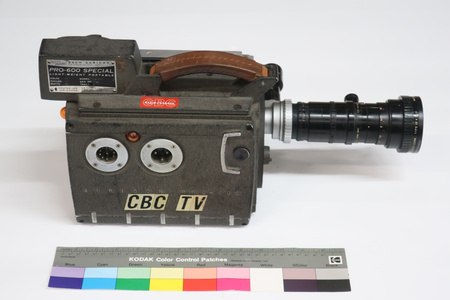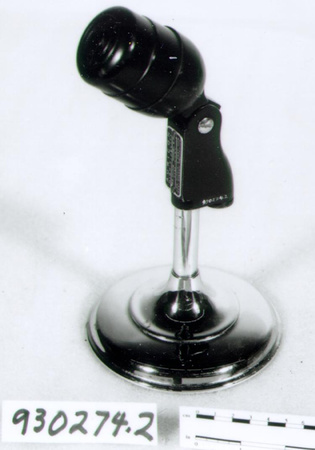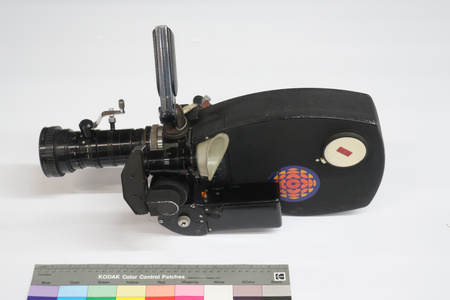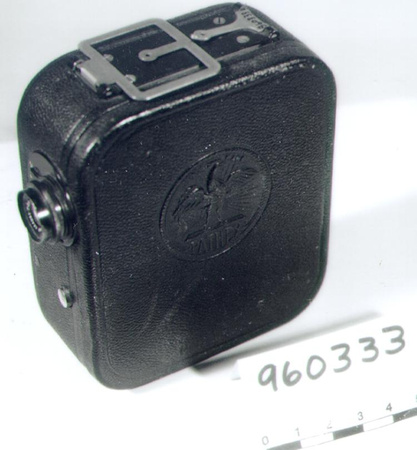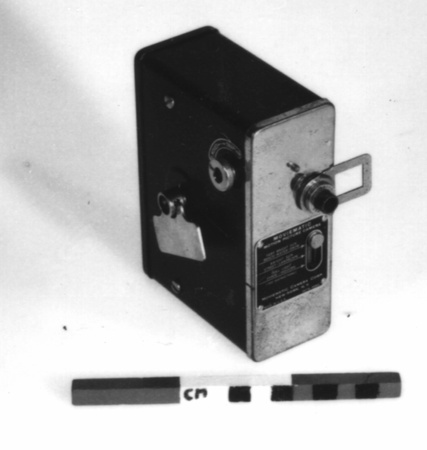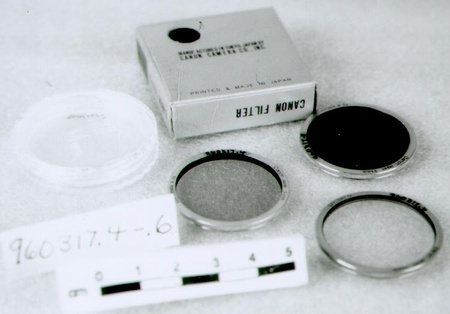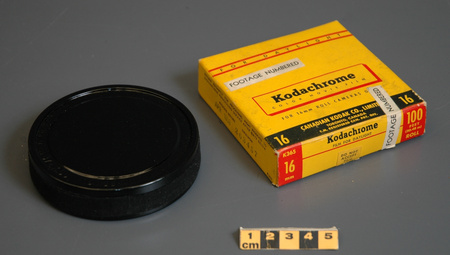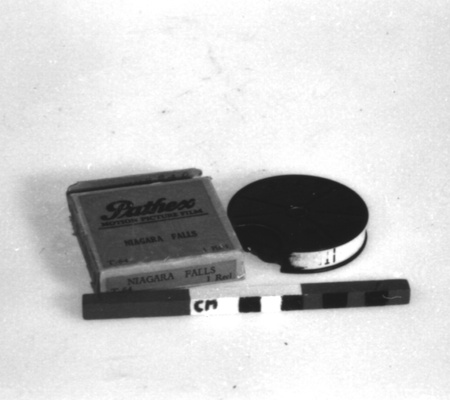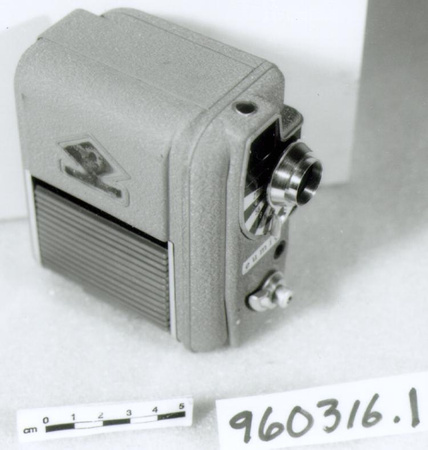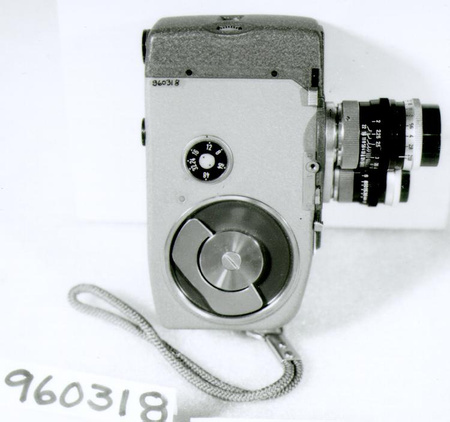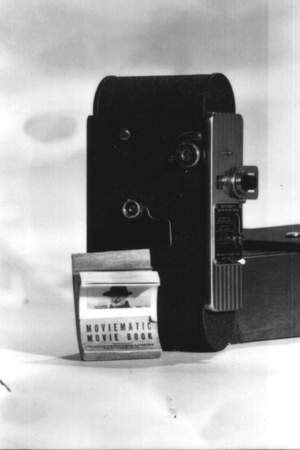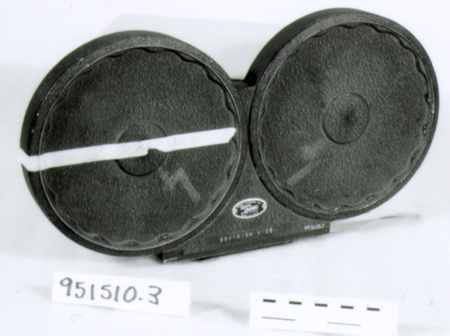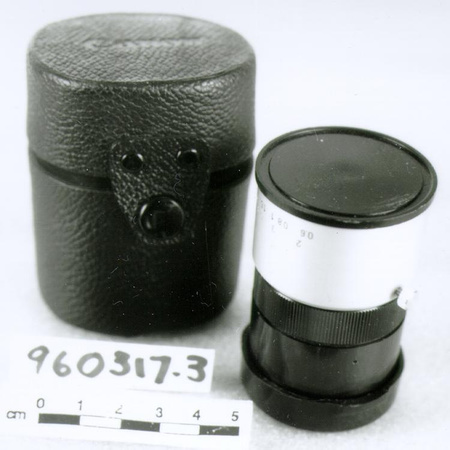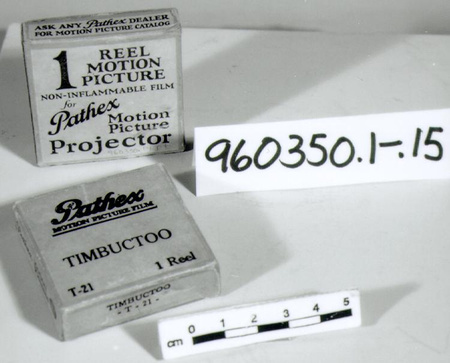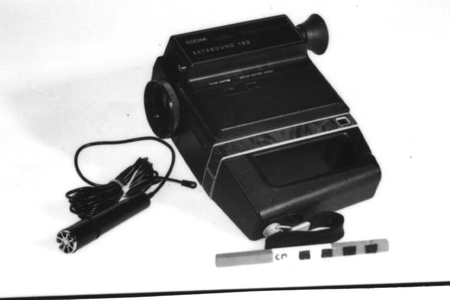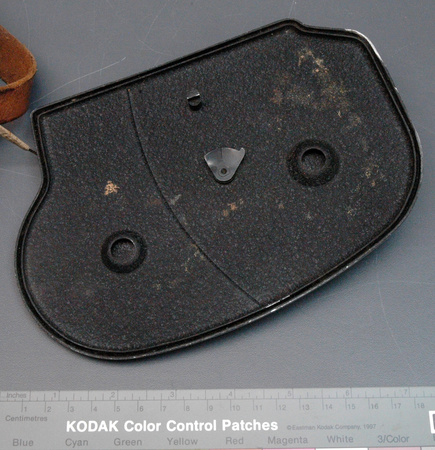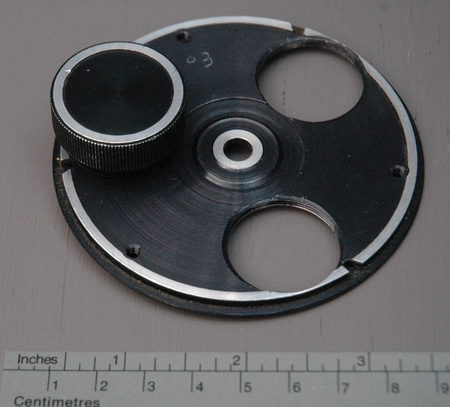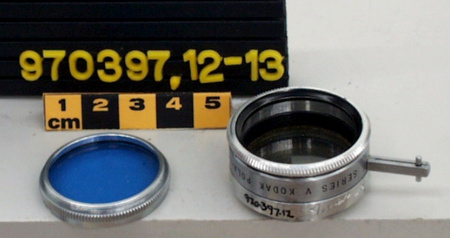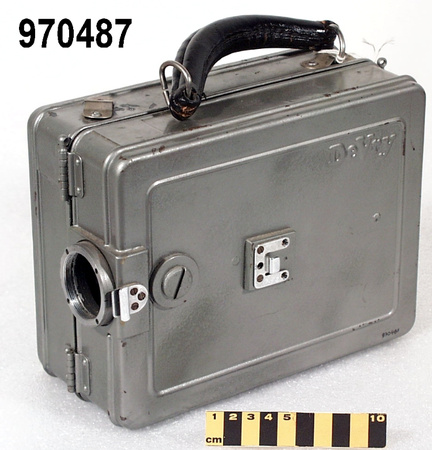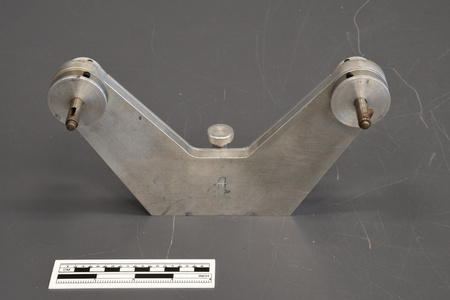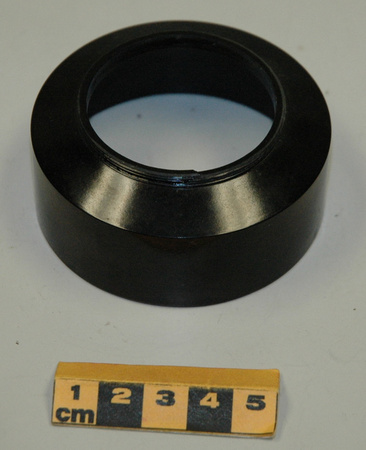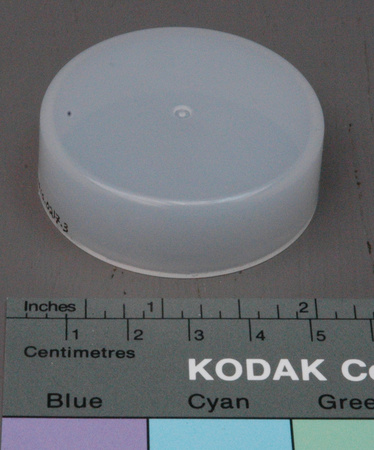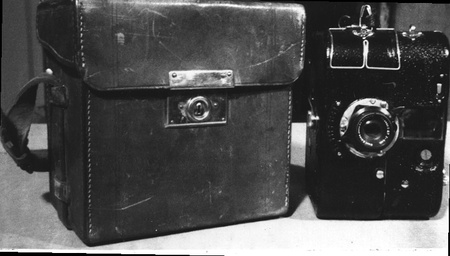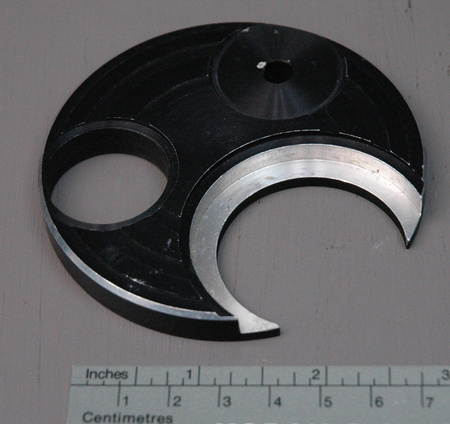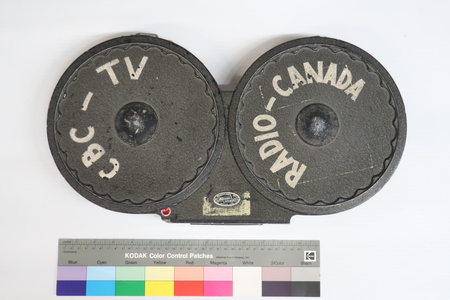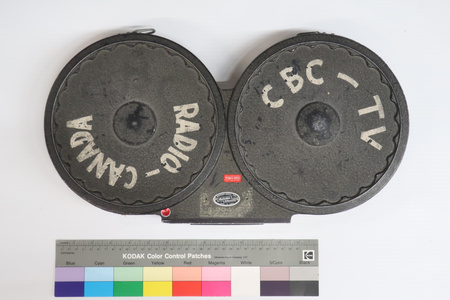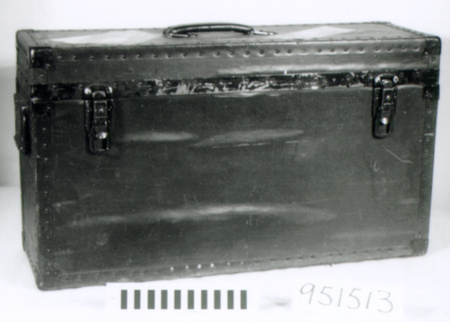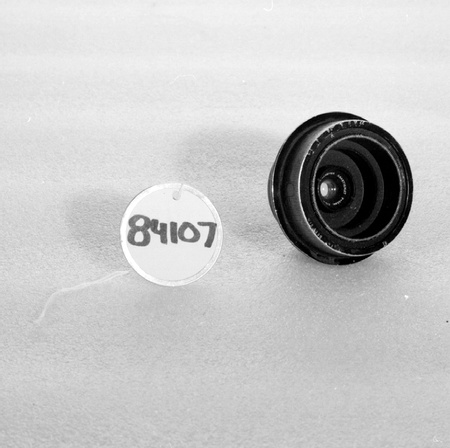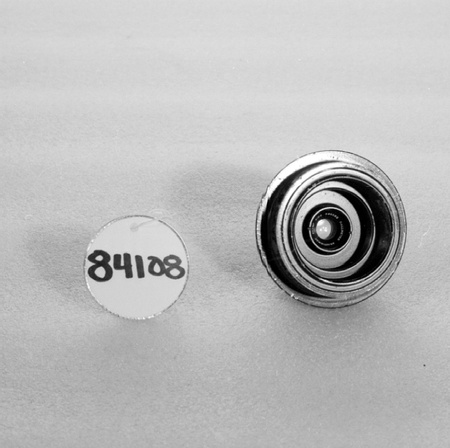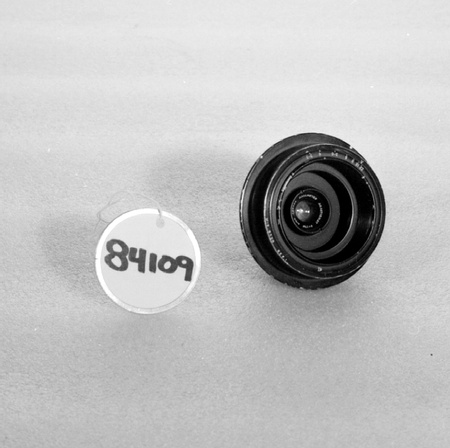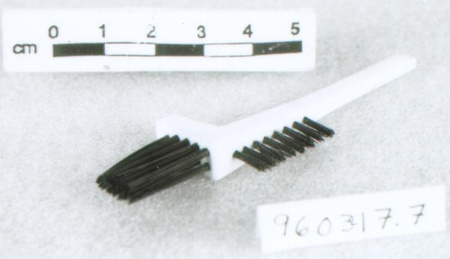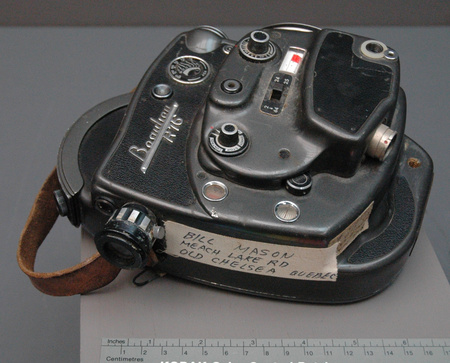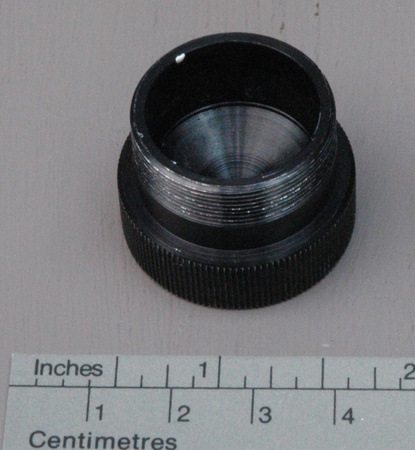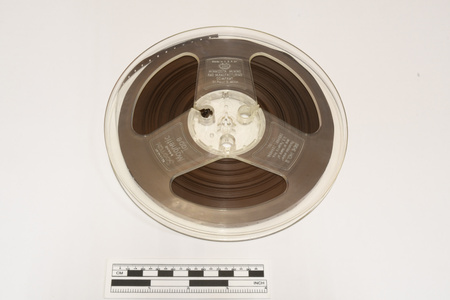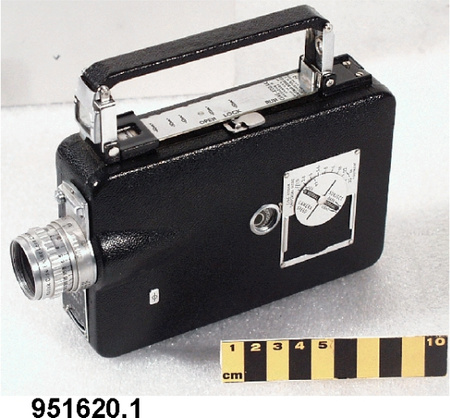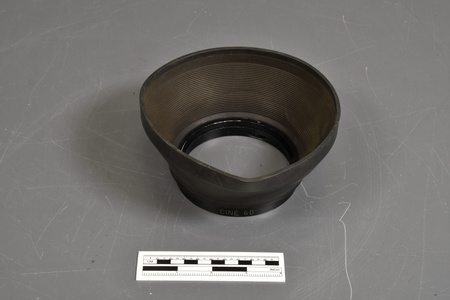Hood, lens
Use this image
Can I reuse this image without permission? Yes
Object images on the Ingenium Collection’s portal have the following Creative Commons license:
Copyright Ingenium / CC BY-NC-ND (Attribution-NonCommercial 4.0 International (CC BY-NC 4.0)
ATTRIBUTE THIS IMAGE
Ingenium,
2012.1160.004
Permalink:
Ingenium is releasing this image under the Creative Commons licensing framework, and encourages downloading and reuse for non-commercial purposes. Please acknowledge Ingenium and cite the artifact number.
DOWNLOAD IMAGEPURCHASE THIS IMAGE
This image is free for non-commercial use.
For commercial use, please consult our Reproduction Fees and contact us to purchase the image.
- OBJECT TYPE
- camera/slip-on
- DATE
- 1958
- ARTIFACT NUMBER
- 2012.1160.004
- MANUFACTURER
- Unknown
- MODEL
- Cine 60
- LOCATION
- Unknown
More Information
General Information
- Serial #
- N/A
- Part Number
- 4
- Total Parts
- 7
- AKA
- N/A
- Patents
- N/A
- General Description
- Metal ring with a synthetic conical shade. Anneau en métal et parasoleil synthétique.
Dimensions
Note: These reflect the general size for storage and are not necessarily representative of the object's true dimensions.
- Length
- N/A
- Width
- N/A
- Height
- 7.5 cm
- Thickness
- N/A
- Weight
- N/A
- Diameter
- 15.0 cm
- Volume
- N/A
Lexicon
- Group
- Photography
- Category
- Cine camera accessories
- Sub-Category
- N/A
Manufacturer
- AKA
- Unknown
- Country
- Unknown
- State/Province
- Unknown
- City
- Unknown
Context
- Country
- Unknown
- State/Province
- Unknown
- Period
- Unknown Inconnu
- Canada
-
Used by Bertram Harrison Plimer (1928 - 2009). Plimer was born in Scotland and came to Canada in c.1950. Plimer was a freelance cinematographer who worked for television stations and networks, such as CBC, CJOH, and CTV. According to his wife, Elizabeth Greene, Plimer also worked on documentaries throughout his 30 year career. - Function
-
To shade camera lens from unwanted light, in order to minimize shadow and concentrate focus. Pour protéger l'objectif d'une caméra de lumière non-désirée. - Technical
-
Auricon cameras are 16 mm single system sound-on-film motion picture cameras. Designed to be portable, the camera preceded ENG video cameras as the main AV tool of television news gathering. The first Auricon cameras are notable in that they record sound photographically onto a soundtrack on the same film as the image is photographed thus eliminating the need for a separate audio recorder. In the mid-1950s, Bach-Auricon introduced a patented “Filmagnetic” single system method of recording sound magnetically onto a specially “striped” film. This is the system used with the Bert Plimer camera. This camera is equipped with a Pierre Angénieux F12:120mm f/2,2 lens introduced around 1961. Angénieux received a 1964 technical award from the academy of motion pictures for the design of this lens (ref.2). The camera appears to incorporate a custom built amplifier and audio-control system that enabled the camera operator to adjust and monitor sound levels without the assistance of an audio technician. For comparison to other Trenka cameras, see 1987.0083 and 1995.1583. The camera is equipped with an optical viewfinder connected to a reflex shutter and is powered by custom built batteries, and a custom built battery charger is included with the acquisition. - Area Notes
-
Unknown
Details
- Markings
- Around the ring: "CINE 60"
- Missing
- Appears complete
- Finish
- Black ring and conical shade with white markings around the ring. Anneau et parasoleil conique avec texte blanc autour de l'anneau.
- Decoration
- N/A
CITE THIS OBJECT
If you choose to share our information about this collection object, please cite:
Unknown Manufacturer, Hood, lens, after 1958, Artifact no. 2012.1160, Ingenium – Canada’s Museums of Science and Innovation, http://collection.ingenium.ca/en/id/2012.1160.004/
FEEDBACK
Submit a question or comment about this artifact.
More Like This
